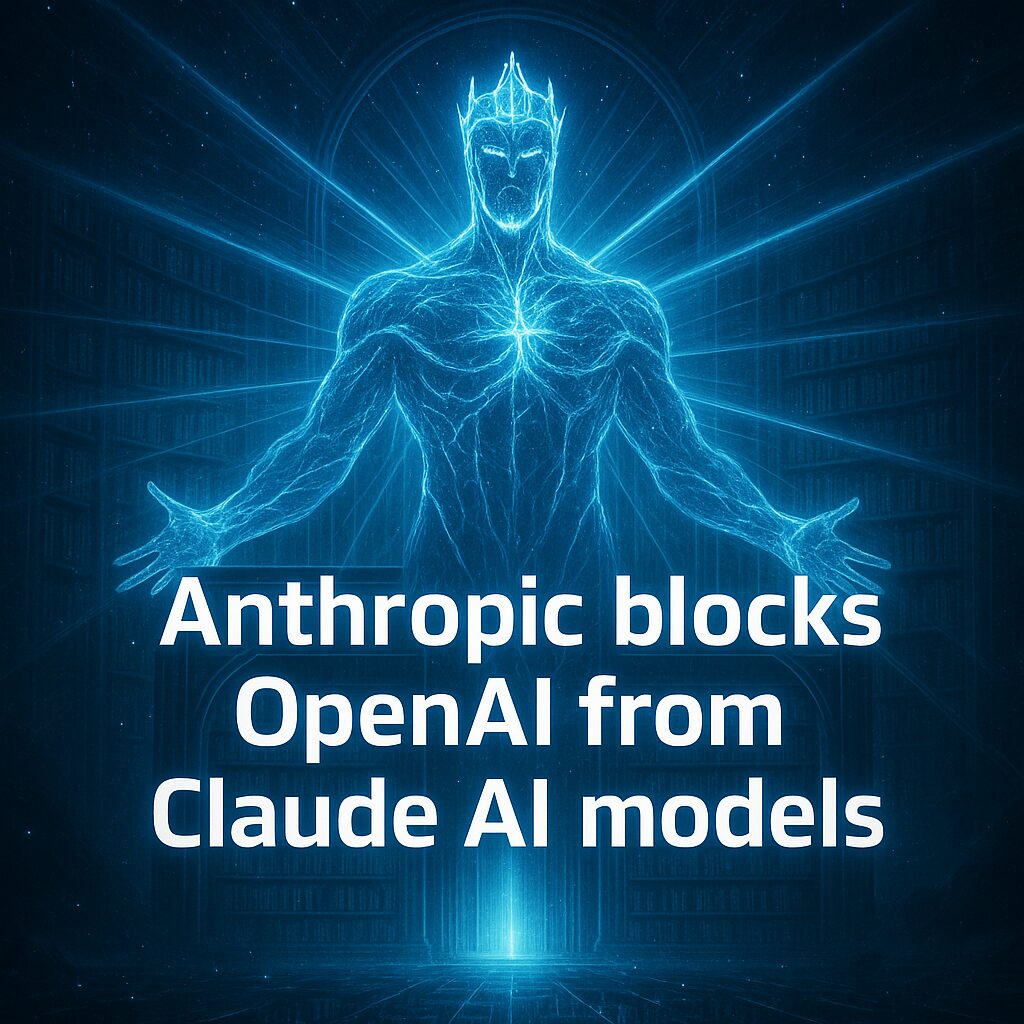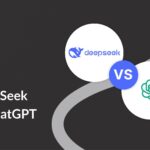
Anthropic cuts off OpenAI’s access to its Claude models
# The AI Showdown: Anthropic vs. OpenAI in the Battle for the Future
In the realm of cutting-edge technology, the rivalry between AI powerhouses like OpenAI and Anthropic is more than just a dispute over model access; it’s a pivotal moment that could shape the future landscape of artificial intelligence. When Anthropic, the AI research company founded by former OpenAI employees, decided to revoke OpenAI’s access to its Claude AI models, a line was drawn in the sand. This move, ostensibly over “terms of service violations,” is just the latest chapter in the unfolding story of competitive tension in AI development.
## Navigating the Tides of Competition
The stakes are high in the AI industry, where the lines between collaboration and competition are often blurred. Anthropic’s decision to limit OpenAI’s access—allowing it only for benchmarking and safety evaluations—reveals the intricacies and challenges inherent in partnerships between competing technology behemoths.
In a statement to TechCrunch, Anthropic described OpenAI’s integration of Claude with internal tools as a violation. The implication was clear: OpenAI had used Anthropic’s tech to potentially bolster its competitive edge with upcoming models like GPT-5. Anthropic’s commercial terms explicitly prohibit the use of its models to develop rival services, reflecting a fundamentally protective stance over their innovations.
However, OpenAI’s response to this revocation was markedly diplomatic. They described their use as “industry standard” and expressed disappointment while maintaining a respect for Anthropic’s decision. An OpenAI spokesperson remarked, “While we respect Anthropic’s decision to cut off our API access, it’s disappointing considering our API remains available to them.”
## A Peek Behind the Curtains of AI Collaboration
This incident is emblematic of a broader trend within the tech industry, where companies are carefully balancing collaboration and competition. It’s not the first time Anthropic has taken such a stance. Chief Science Officer Jared Kaplan’s previous remarks about cutting off access to Windsurf, a company rumored to be an OpenAI acquisition target, further underscore this cautious approach to collaboration: “I think it would be odd for us to be selling Claude to OpenAI.”
But what does this mean for the AI field? Here are a few insights into the complex interplay at work:
– **Protection of Intellectual Property**: Companies are increasingly aware of the need to protect their technological innovations from competitors who could potentially replicate or surpass their capabilities.
– **Standard Industry Practices**: Despite allegations of violations, OpenAI’s stance that its actions were “industry standard” highlights the ambiguous nature of what constitutes fair use in AI development.
– **Benchmarking Versus Direct Competition**: Allowing access for benchmarking and safety evaluations suggests a distinction in the minds of companies like Anthropic between healthy competition and direct service competition.
## Learning from the AI Arena
For those following the evolution of AI, the Anthropic-OpenAI situation offers a wealth of learning opportunities. Here are several key takeaways for tech enthusiasts, entrepreneurs, and AI developers:
– **Understanding Terms of Service**: It’s crucial to thoroughly understand and respect the terms of service when leveraging another company’s technology or products. Overstepping can result in access limitations or damaging business relationships.
– **Balancing Cooperation with Competition**: Successful navigation of the tech landscape requires finding the right balance between collaborating with competitors and protecting one’s own advancements.
– **Strategic Communication**: OpenAI’s response to Anthropic’s decision illustrates the power of a constructive, measured response. Amidst disputes, maintaining professionalism can preserve reputations and future cooperation opportunities.
– **Anticipating Industry Responses**: As AI technologies advance rapidly, keep an eye on how companies position their policies regarding external access to proprietary technologies. These policies can directly impact innovation and market dynamics.
## The Road Ahead: What Comes Next?
This confrontation between Anthropic and OpenAI, though steeped in immediate concern over access to AI models, is merely a microcosm of the larger issues prevalent in the AI industry. As businesses continue to strive for supremacy in this field, questions arise: How will AI companies continue to navigate these complex relationships? Will the competitive spirit foster a new era of innovation, or will it stifle collaboration across the industry?
Whether you are an entrepreneur, a developer, or an AI enthusiast, these events prompt contemplation about how to position oneself in a rapidly evolving landscape. How do your own practices and strategies align with the evolving nature of technology partnerships? Will you advocate more for collaboration, or do you see greater value in protective measures for your innovations?
As we ponder these questions, one certainty remains: the AI landscape will continue to evolve, guided as much by the strategic decisions of its innovators as by the technologies themselves.

